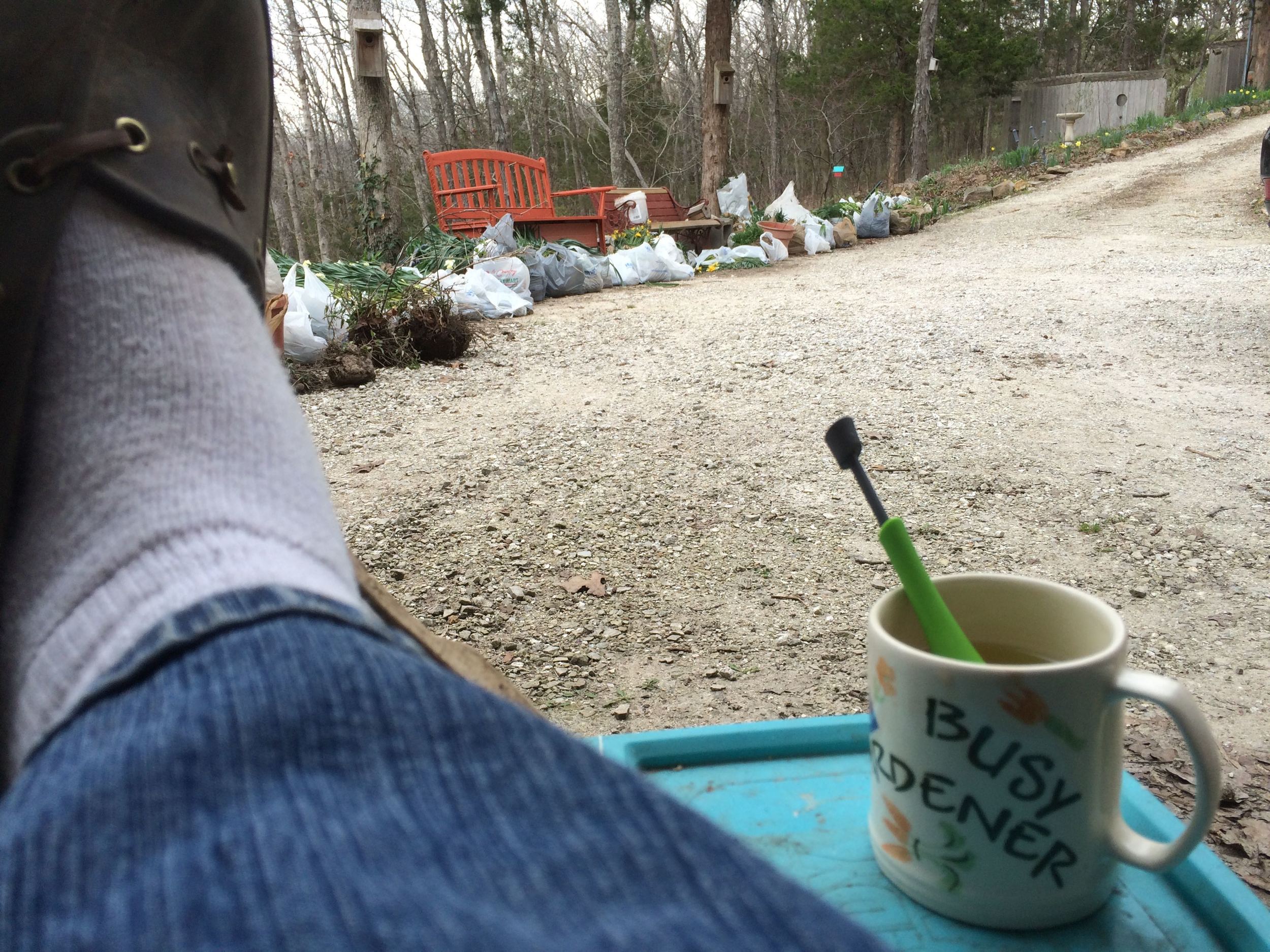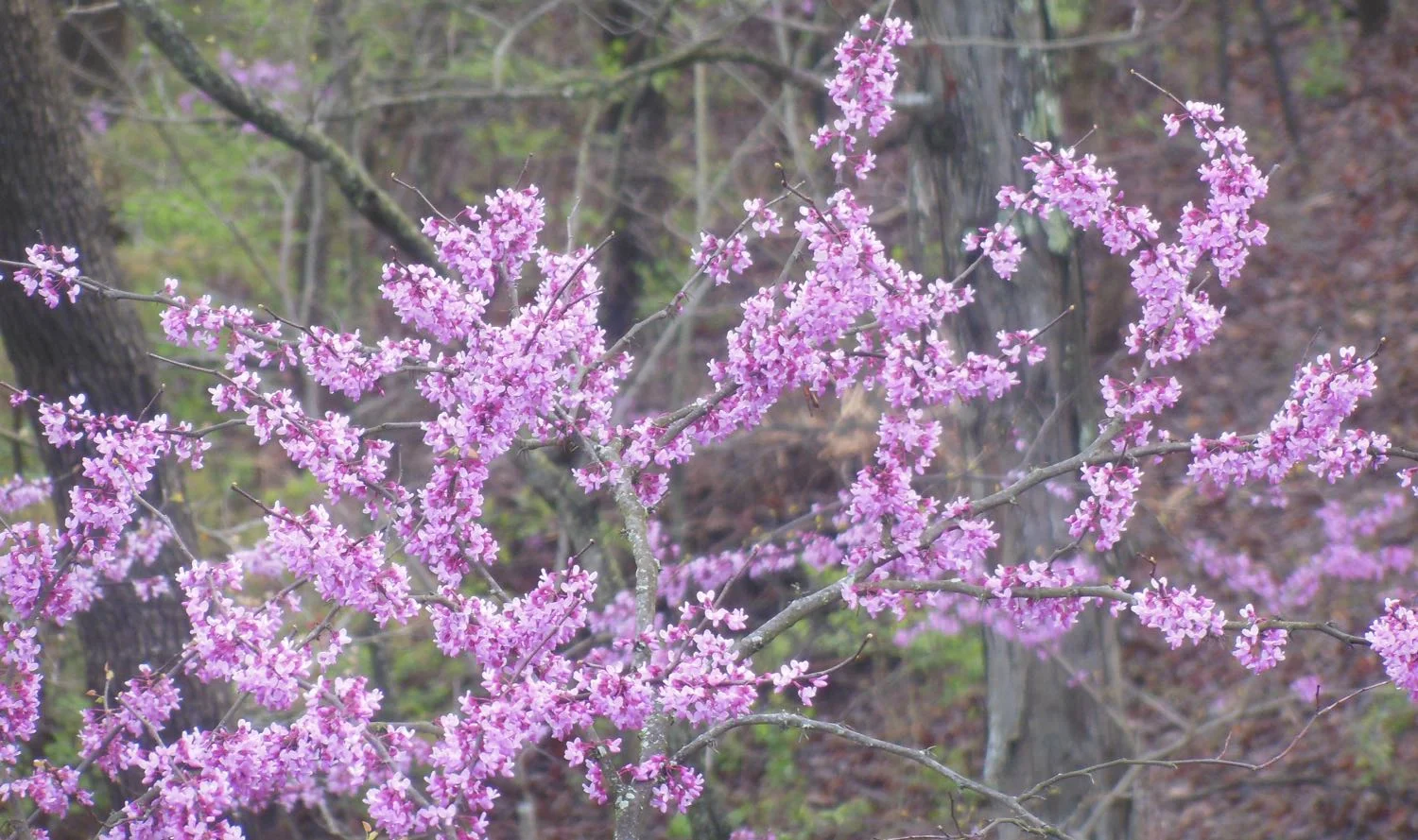June Gardening Chores
/My herbs, tomatoes, peppers and yes, a banana plant on my back deck garden.
June Gardening Chores
Behind in gardening chores? So am I. It’s been such a wet spring, it’s hard to get anything in the ground, let alone much mowed. The plants sure have taken advantage of all of the moisture. And just think, June is traditionally our wettest month of the year.
Since our spring season is getting extended with our rapidly changing climate, there is still time to get some late spring chores done:
1. Japanese beetles show up this month so hand pick and drop in a bucket of water with soap. Also treat your lawn with nematodes and milky spores, both will gradually help eliminate grubs.
2. Trim lilacs now so growth the rest of this year will provide blooms next year.
3. Get your flower pots planted. Water the soil first, let drain, then add your flowers for better adjustment.
4. When planting vegetables, plant a new supply every 2 weeks to give yourself a new crop through the season.
5. Keep your asparagus bed weeded and let the green top ferns grow until they go brown, do not cut.
6. As rain stops, make sure to water deeply in the root zone. Don’t sprinkle on leaves, that’s a waste of water and does nothing for your plants.
7. Pinch mums weekly through July 4th to keep them bushy and delay bloom until fall.
8. Leave spring bulb greenery to die off naturally. I gently remove the yellow leaves if they bug me and plant summer perennials to cover them in the meantime.
9. Plant annual flower seeds, such as zinnias, sunflowers, forget-me-nots, cosmos, marigolds and herbs.
10. Mulch your vegetables, even those growing in pots. Shredded leaves, shredded paper and torn cardboard all work under dried grass and leaves.
This dill and purslane volunteered from last year. Gardening doesn't get much easier than that!
11. When mulching, leave 2-4 inches clear from the plant stem and the mulch ring no larger than 5 inches deep. More than that and you are smothering the plant itself.
12. Check for dead limbs and remove before they fall on someone.
13. When planting wildflowers, mark the beds where seeds have been added. Some wildflowers may take 2 years to germinate.
14. Add bird baths for interest and a bird water source. Birds will help keep unwanted insects down.
15. Feed roses and other plants compost to give them a good source of energy.
16. For those of you with grass, don’t cut more than 1/3 of the grass down at one time.
17. When making new flower beds, use cardboard boxes to kill off unwanted plants. Add shredded leaves, grass clippings, mulch to get the bed ready for fall planting.
18. Take photos of your garden. Use the same photo spots you used in spring so you can see the changes from one season to the next.
19. When adding perennials, focus on native plants. Once established, they will require less water and care than non-natives and Missouri has a lovely array of native plants to choose from.
20. Make sure to have a seating area in a cool garden spot so you can sit down and enjoy all of the work you have invested in your garden.
Charlotte


















































